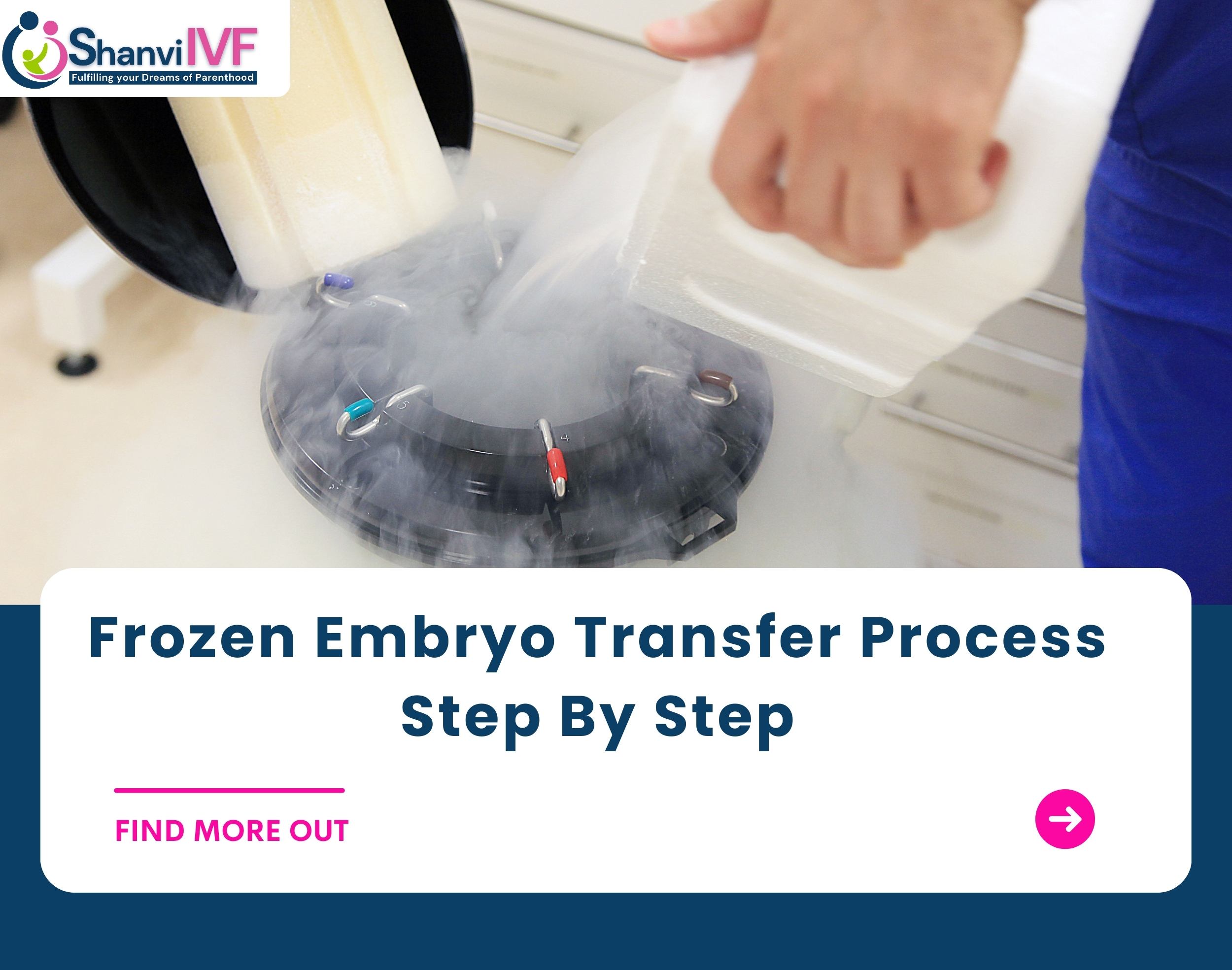
Are you considering undergoing a frozen embryo transfer but unsure about the process involved? In this comprehensive guide, we will walk you through the frozen embryo transfer and Semen freezing in Agra process step by step, outlining everything you need to know to ensure a successful and stress-free experience.
What is Frozen Embryo Transfer?
Frozen embryo transfer, or FET, is a procedure used in assisted reproductive technology (ART) where cryopreserved embryos from a previous IVF cycle are thawed and transferred into the uterus. This process offers patients the flexibility to undergo embryo transfer at a later time, increasing the chances of a successful pregnancy.
Step 1: Preparation
Before undergoing a frozen embryo transfer, your fertility specialist will conduct a series of tests to assess your uterine lining and hormone levels to ensure they are optimal for implantation. You may need to take medications to prepare your uterus for embryo transfer.
Step 2: Thawing of Embryos
On the day of your scheduled embryo transfer, the cryopreserved embryos will be thawed in the laboratory under controlled conditions to ensure their viability. The embryos will be carefully monitored to assess their survivability post-thaw.
Step 3: Embryo Transfer
The actual embryo transfer procedure is a quick and relatively painless process that can be performed in the comfort of your fertility clinic. A thin catheter containing the thawed embryos will be inserted through the cervix into the uterus, where the embryos will be gently deposited.
Step 4: Post-Transfer Care
After the embryo transfer, you will be advised to rest for a short period before resuming normal activities. Your fertility specialist may recommend medications to support the implantation process and monitor your hormone levels through blood tests.
Step 5: Pregnancy Test
Approximately two weeks after the embryo transfer, you will undergo a pregnancy test to determine if the procedure was successful. A positive pregnancy test indicates that the embryos have successfully implanted in the uterine lining, resulting in pregnancy.
Conclusion:
In conclusion, the frozen embryo transfer process offers a chance for patients to achieve their dream of starting a family through assisted reproductive technology. By following the step-by-step guide outlined above and working closely with your fertility specialist, you can increase the likelihood of a successful pregnancy and a positive outcome. If you have any further questions or concerns about frozen embryo transfer, do not hesitate to consult with your fertility center in agra for personalized guidance and support.
FAQs
What is Frozen Embryo Transfer?
Frozen embryo transfer (FET) is a procedure used during in vitro fertilization (IVF) treatment. It involves thawing previously frozen embryos and transferring them into the uterus of a woman with the goal of achieving a successful pregnancy.
How does Frozen Embryo Transfer Work?
During a frozen embryo transfer cycle, hormone medications are typically used to prepare the uterus for embryo implantation. Once the endometrial lining is deemed optimal, the frozen embryos are thawed and transferred into the uterus using a thin catheter. The woman then undergoes a waiting period to see if implantation occurs and pregnancy is achieved.
What are the Benefits of Frozen Embryo Transfer?
There are several benefits to using frozen embryo transfer during IVF treatment. These include the ability to store excess embryos for future use, a higher chance of implantation due to optimal endometrial preparation, and a lower risk of ovarian hyperstimulation syndrome compared to fresh embryo transfers.
Are Frozen Embryo Transfers Successful?
The success rates of frozen embryo transfers can vary depending on several factors, including the woman’s age, the quality of the embryos, and the expertise of the fertility clinic. Generally, success rates for frozen embryo transfers are comparable to fresh embryo transfers, with many women achieving successful pregnancies through this method.
What is the Frozen Embryo Transfer Process Like?
The frozen embryo transfer process is typically less intensive than an IVF cycle that involves fresh embryos. It often involves monitoring the woman’s menstrual cycle, preparing the uterus with hormone medications, thawing the embryos, and transferring them into the uterus. The procedure itself is relatively quick and painless, similar to a pap smear.
How Many Embryos Should be Transferred?
The number of embryos to transfer during a frozen embryo transfer cycle is a decision that should be made in consultation with your fertility specialist. Factors to consider include the woman’s age, the quality of the embryos, and the risk of multiple births. Your doctor will help you determine the best course of action based on your individual circumstances.
What are the Risks and Complications of Frozen Embryo Transfer?
While frozen embryo transfer is generally a safe procedure, there are some risks and complications to be aware of. These can include ovarian hyperstimulation syndrome, ectopic pregnancy, and the potential for multiple gestations. It is important to discuss any concerns with your fertility specialist before undergoing the procedure.


